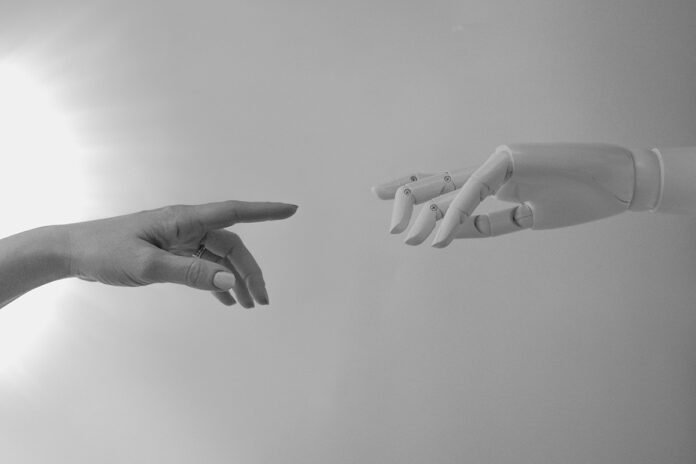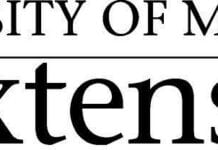
Dear EarthTalk: How is Artificial Intelligence being used for conservation?
— Katy P., Chevy Chase, MD
You would never think that computers and Artificial Intelligence (AI) could help humans save nature, but in fact these tools may be key to whether or not we can halt global warming in time let alone solve many other vexing environmental problems. For many underfunded conservation groups, hiring enough staff can become too costly. Humans are also prone to making more sloppy errors and inaccuracies in calculations. AI can serve as a more efficient, reliable and affordable way to capture and analyze information for conservation purposes.
AI tools are extremely precise in the more statistical and analytical elements of conservation, whether it’s detecting complex patterns or making mathematical calculations. For example, interactions between predators and prey can be modeled using game theory with AI tools. Analytics—with the help of machines—can then calculate where predators are most likely to strike and predict where prey will roam.
Certain problems also require real-time results that people cannot produce in a timely manner, such as tracking the locations of illegal wildlife traffickers to protect endangered wildlife. AI tools can produce results effectively without distraction and not experience any performance deterioration due to fatigue.
While some may be concerned that AI requires advanced software engineers to manage, it is actually now more accessible than ever. As long as the AI software to conduct conservation research tasks is set up correctly, researchers believe that anyone can easily utilize it with point-and-click tools.
Of course, AI is not a simple solution. Researchers predict that the training data required for AI machines to generate results can range up to hundreds of thousands of examples and details. Though AI can process data at much higher rates than humans, humans still have to monitor it to ensure accuracy.
For example, AI software processing images or audio recordings can produce false positives that will require trained analysts to remove manually. In spite of this disadvantage, scientists do not believe that the AI program always has to be perfectly accurate. “We just have to know exactly how accurate it is,” says conservation biologist Marc Travers.
Although the future of AI in environmental conservation appears promising, it cannot completely replace humans. The modern climate crisis is truly a crisis of lifestyle, with which mankind has turned nature into its very own factory. To heal that split and mold a harmonic, mutually beneficial balance between nature and mankind, humans need to be in the thick of it. Like Peter Ersts, a software developer at the American Museum of Natural History’s Center for Biodiversity and Conservation, says, “We can’t fully replace people yet, and nor should we.”
EarthTalk® is produced by Roddy Scheer & Doug Moss for the 501(c)3 nonprofit EarthTalk. See more at https://emagazine.com. To donate, visit https://earthtalk.org. Send questions to: [email protected].














